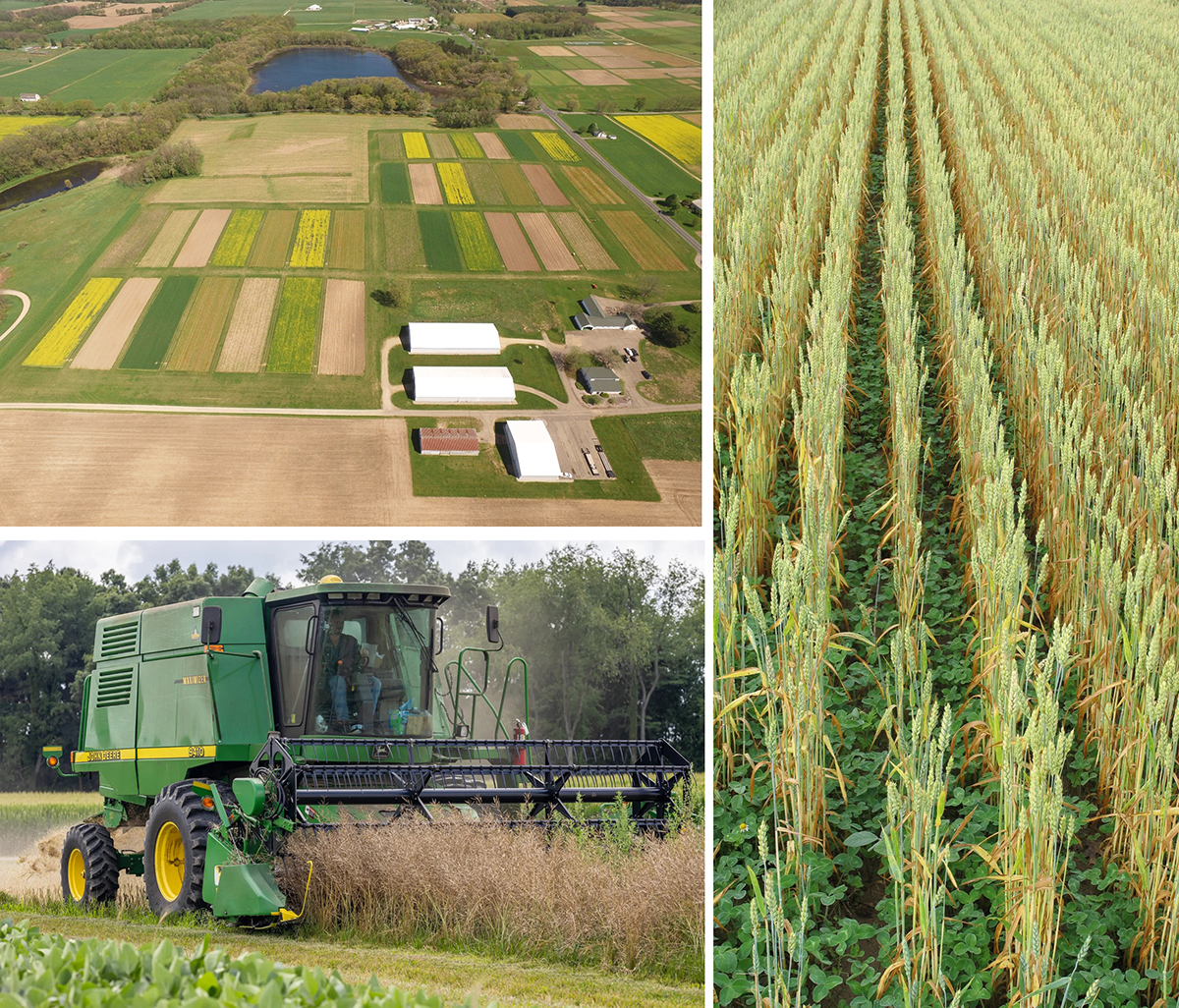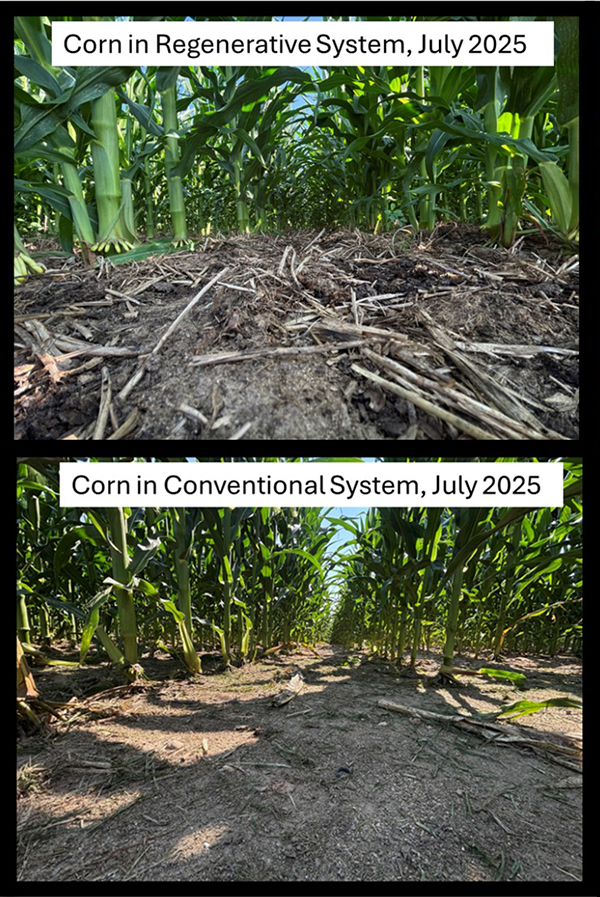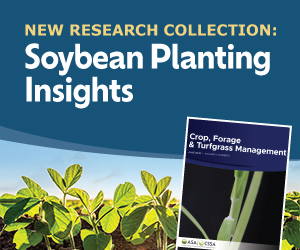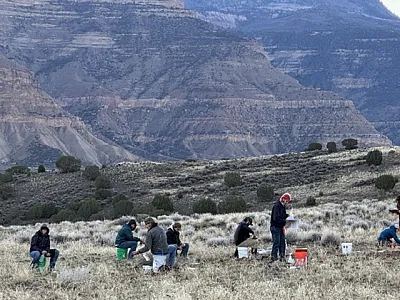Regenerative transition costs are tractable

A major obstacle to Midwest farmers’ adoption of regenerative practices is the presumed cost of transitioning from a long-standing corn–soybean system. Researchers in Michigan compared yields and profits for the transition from a conventional corn–soybean rotation to a regenerative system featuring a five-crop rotation, cover crops, and permanent no-till. What did they find?

Investing in diverse, sustainable crop fields creates agronomic management systems that are more resilient to impending threats from climate change and other disruptors, but the adoption rate of these environmentally conscious, regenerative practices continues to trail far behind the conventional. A major obstacle to Midwest farmers’ adoption of regenerative practices is the presumed cost of transitioning from a long-standing corn–soybean system to practices that include increased crop diversity, cover crops, and no-till farming. Few studies have tracked the detailed costs of such transitions to help farmers anticipate actual costs and returns. It’s no wonder, then, that adoption rates have been slow.
Researchers in Michigan used the first three years of a long-term agroecosystem research (LTAR) experiment to compare yields and profits for the transition from a conventional corn–soybean rotation to a regenerative system featuring a five-crop rotation (corn–soybean–wheat–canola–forage), cover crops, and permanent no-till. Overall, regenerative systems were less profitable than conventional in all three years, but the difference in profits narrowed with time due to lower input costs and increasing yields of alternative crops in the regenerative system. Notwithstanding, two rotational starting points in the regenerative system were just as profitable as the conventional system, highlighting the value of choosing optimal starting crops for success.
Overall findings suggest that early regenerative systems can be as profitable as conventional with careful choice of starting crops.
Dig deeper
Datta, A., Wilke, B., Charles, C., Hasenick, M., Ulbrich, T., Singh, M., Sears, M., & Robertson, G. P. (2025). Crop performance and profitability for the initial transition years of a regenerative cropping system in the Upper Midwest United States. Journal of Environmental Quality, 54, 1572–1585. https://doi.org/10.1002/jeq2.70084
Text © . The authors. CC BY-NC-ND 4.0. Except where otherwise noted, images are subject to copyright. Any reuse without express permission from the copyright owner is prohibited.










